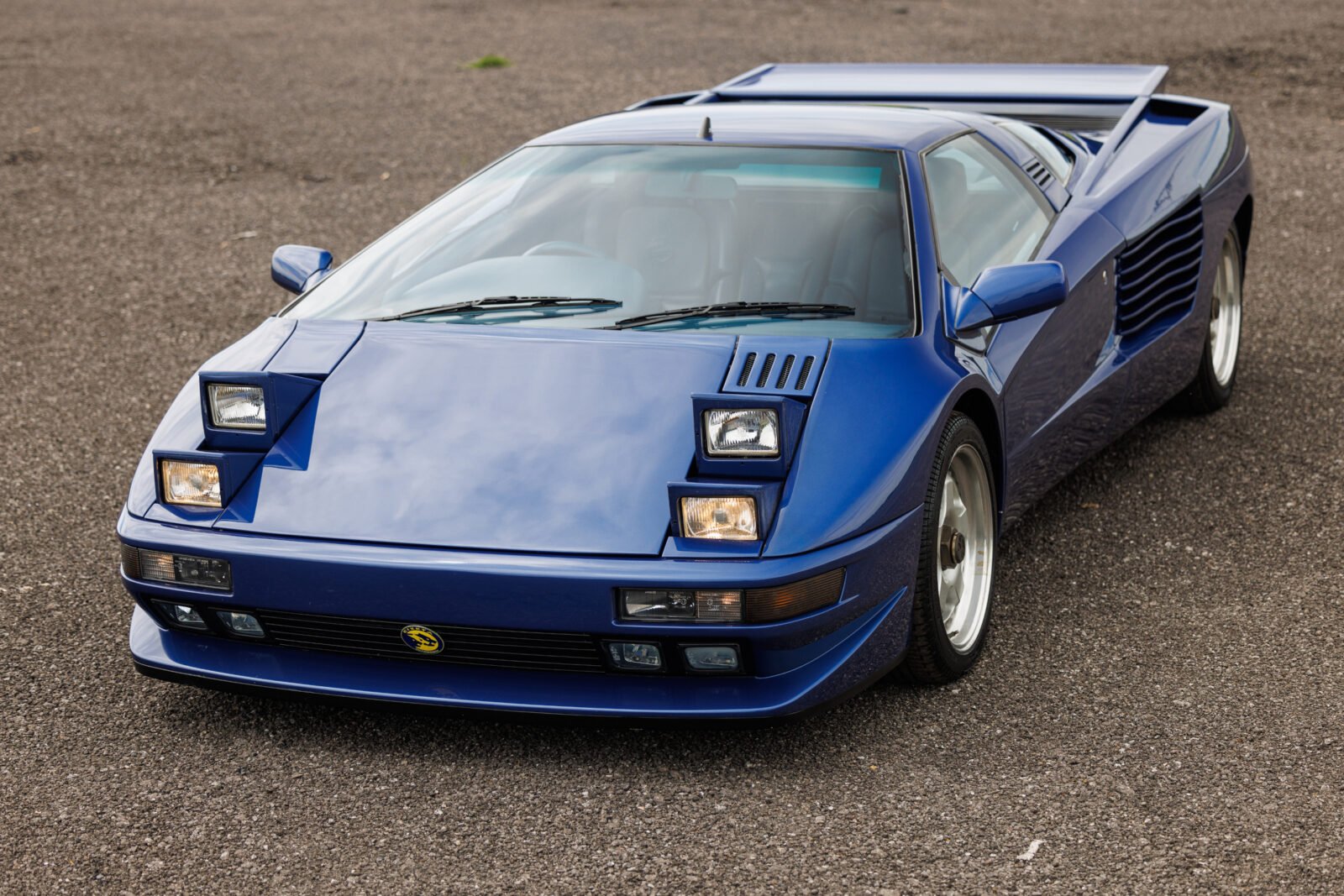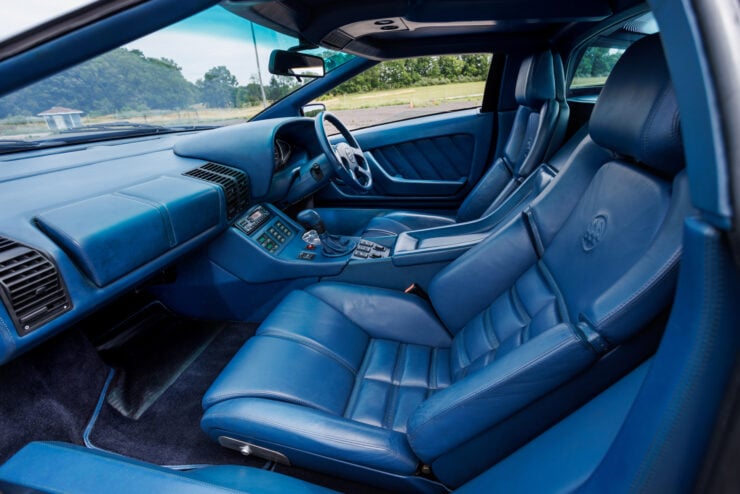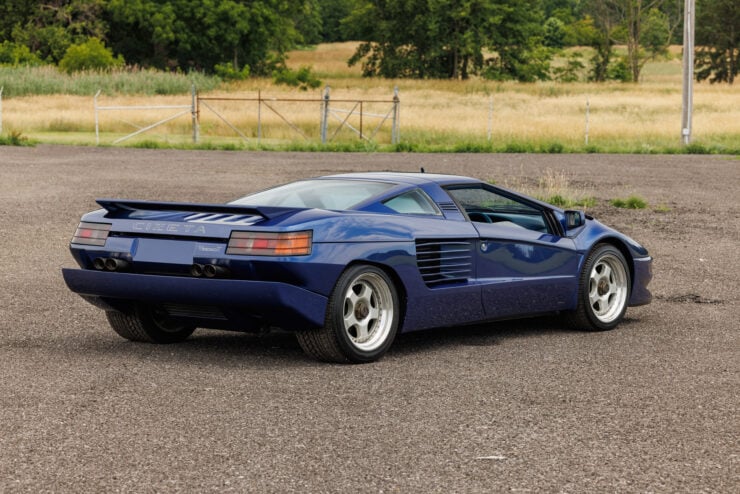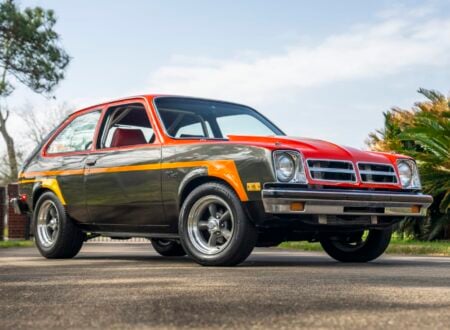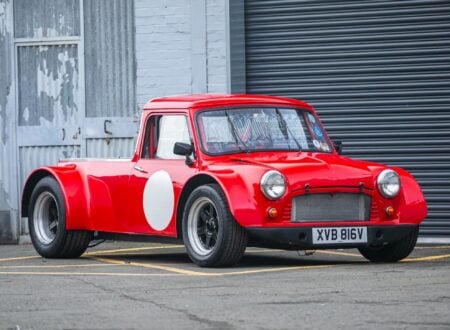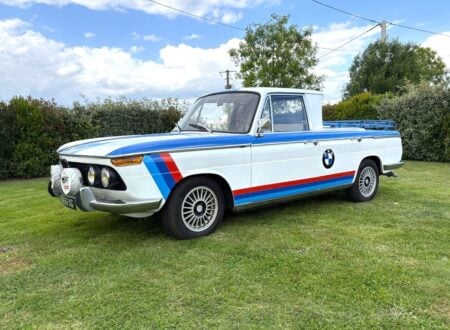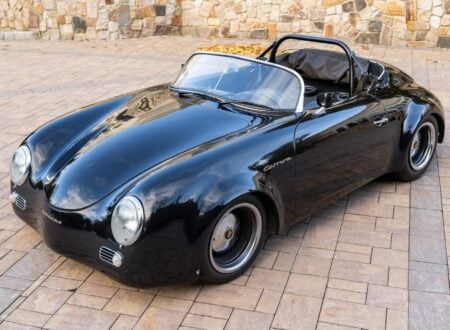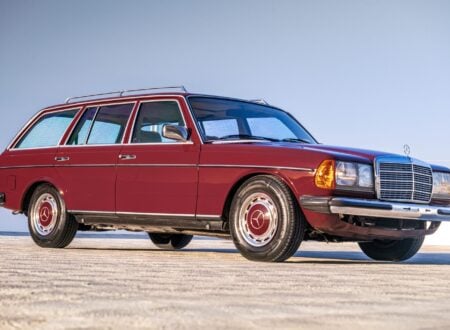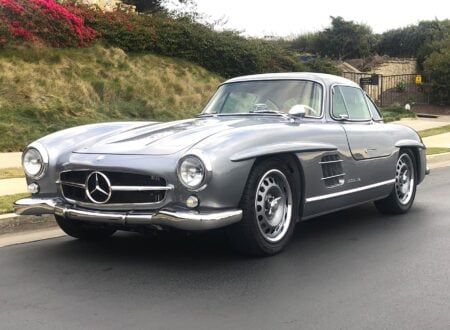The Cizeta V16T was originally going to be called the Cizeta-Moroder V16T because it was the product of a partnership between composer Giorgio Moroder and Claudio Zampolli’s Cizeta business.
As it turned out Zampolli’s vision for the car was perhaps too ambitious for Moroder’s liking and so the two parted and the car was simply called the Cizeta V16T. The Cizeta V16T featured a V16 engine with some unique features in a car that was beautifully balanced, and beautiful to look upon.
Fast Facts – The Cizeta V16T
- The Cizeta V16T was one man’s dream car which he had the expertise and resources to turn into reality.
- Claudio Zampolli, a Lamborghini test driver and engineer, assembled a dream team of engineers and craftsmen to create what he considered to be the ultimate sports car.
- A unique feature of the Cizeta V16T was its transversely mounted V16 engine which was designed so that the drive to the five speed ZF transaxle was taken from the center of the engine.
- The end result of this “out of the box” design thinking was one of the most beautiful, and beautifully balanced supercars of the time.
Claudio Zampolli And His Amazing V16
What do you get when you create an engine that sort-of joins two V8 engines together like Siamese twins, and pop them into a new body that has a front end rather like that of the prototype Lamborghini Diablo? You get the almost unheard of but utterly fascinating Cizeta V16T.
The Cizeta was the brainchild of Claudio Zampolli, a Lamborghini test driver and engineer who, like many red-blooded car enthusiasts, decided to create his very own dream car. Not only that but Zampolli had the expertise and resources to achieve his dream, and achieve it without the need to create a car that would sell, but to create his dream without commercial constraint. It was to take a dedicated decade to bring that dream to reality, and Claudio Zampolli was delighted with the final result.
And what a dream car it would turn out to be, powered by a transverse mounted 6.0 liter V16 engine sending a rather generous 540 hp to a centrally mounted five speed transaxle driving the rear wheels.
The story of the Cizeta began back in 1988 with the founding of Cizeta Automobili SRL in Modena, Italy. The company was named after its founder Claudio Zampolli – or more correctly after the Italian pronunciation of his initials C Z, which in Italian is pronounced “Ci-Zeta”.
Zampolli’s business was primarily to service and repair exotic high performance cars and this provided the income base from which he planned to create a supercar of his own. In order to adequately finance this project he looked for a partner and found one in Giorgio Moroder, the music composer whose portfolio includes music for the movies “The Neverending Story” and “Scarface“. Moroder was a regular customer of Cizeta Automobili who used to get his Lamborghini Countach serviced there.
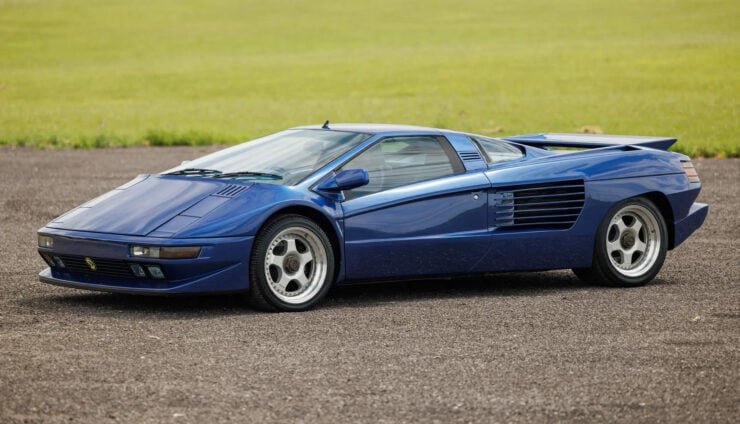

The car that Zampolli intended to create was going to be a significant upgrade over Moroder’s Countach and he was willing to invest in that new supercar, a car that would bear his name as well as that of Cizeta: for it was to be called the Cizeta-Moroder.
Zampolli managed to assemble what amounts to a “dream team” of mainly ex-Lamborghini engineers and craftsmen to merge their ideas and skills into the creation of the new car. The chief engineer and engine designer was to be Oliviero Pedrazzi. Chassis and suspension were to be created by Achille Bevini along with Ianose Bronzatti. The body of the car was to be created by Giancarlo Guerra who had been a craftsman with Scaglietti.
Pedrazzi’s idea for the engine was to create a V16 6.0 liter power-plant to set transversely into the middle of the car ahead of the rear axle line. Allowing for the fact that a V16 would be a long unit he decided to take the drive to the five-speed transaxle from the center of the engine, thus placing it in the center of the car.
This engine was inspired by the 90° DOHC flat-plane V8 as used in the Lamborghini Uracco. The V16 was divided into four banks of four cylinders, each cylinder having four valves. The engine used DOHC Uracco alloy cylinder heads, with the two crankshafts each connected to the five speed ZF transaxle providing the centralized power transmission. The single engine block also being alloy, and the oil pan magnesium. The engine block was made by a Formula One supplier. The crankshafts were made by Mobilor.
Compression ratio was 9.3:1 and the engine was fed fuel via Bosch K-Jetronic fuel injection systems for each of the eight cylinder halves of the engine.
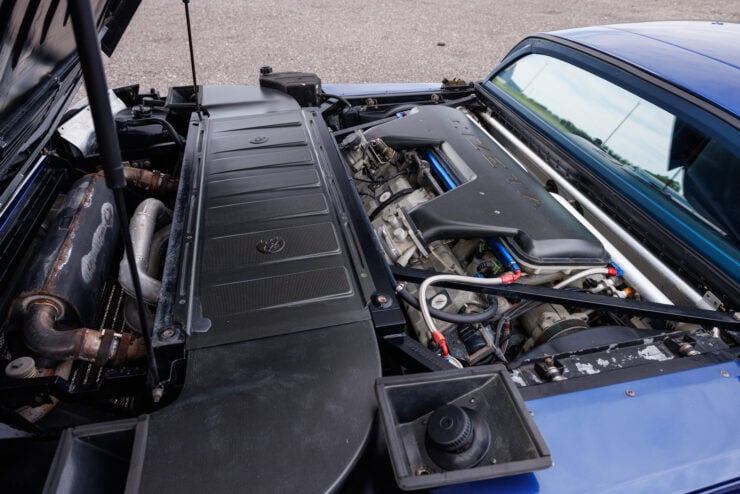

This 5,995cc engine delivered 540 hp (550 PS; 400 kW) @ 8,000 rpm with torque of 400 lb/ft (540 Newton/meters) @ 6,000 rpm: so it possessed an elegant sufficiency of power and torque which translated into a top speed of 204 mph (328 km/hr) and a 4.2 second standing to 62 mph (100 km/hr) time, standing to 100 mph in 9.4 seconds, standing to 150 mph in 21 seconds, and a standing quarter mile in 12.4 seconds with a finishing speed of 120 mph.
The fuel tank capacity was 120 liters (32 US gallons, 26.4 Imperial gallons). As one would expect this was a rather thirsty engine that would demand liberal quantities of premium fuel to keep it happy.
Suffice to say the engine was music to the ears – something Giorgio Moroder would have appreciated. What could sound better than the rumble of a V8? Two V8’s working together in a V16 generating double the rumble.
Perhaps we should consider Oliviero Pedrazzi to be a “music creator” also.
The chassis was of chrome-moly elliptical steel tubing with front suspension consisting of unequal-length control arms with light-alloy upright joints, combined with Koni spring-dampers connected to the control arms.
The front suspension included an adjustable anti-roll bar attached to the control arms, which were angled forward to provide anti-dive.
The rear suspension was also designed using unequal control arms with twin spring-damper units mounted 10 inches (250 mm) inboard of the wheels and actuated by a bell-crank linked to the lower end of the hub carrier.
Brakes were 13.1 inch drilled and slotted discs with Brembo two-pot calipers all around.
Tires were Pirelli P Zero with 245/40ZR-17 at the front and 335/35ZR-17 at the rear. Wheels were two-piece cast aluminium alloy O.Z. racing wheels mounted with five studs and a central locking nut.
The Cizeta V16T finished up weighing 3,750 lb (1,701.0 kg) and it had a spacious and luxuriously restrained ergonomic interior.
All in all the end result was a remarkably well thought out grand touring car with excellent road behavior. The body design was very pretty having a front end created by Marcello Gandini and rather like the original design for the Lamborghini Diablo, It included four pop-up headlights, perfect for those lonely night drives when you want to avoid close encounters of the wildlife kind.
The rear of the car was designed by Claudio Zampolli himself.
Giorgio Moroder decided to leave the project shortly after the first car made its debut. He wanted the car to be simplified by use of a stock BMW engine and fiberglass bodywork, things that would have made the car less expensive, but also much less exciting, and far less unique. So only the first car was named a Cizeta-Moroder, and the cars that followed it were branded Cizeta V16T.
Eight Cizeta V16T cars were produced in Modena before Zampolli decided to close his Italy based business and move to the New World in 1995. He established his new business in Fountain Valley, California and there completed three more Cizeta V16T.
Among the V16T cars built in Modena was one ordered by the Sultan of Brunei per favor the Ferrari dealership, Hong Seh Motors of Singapore. This car was a right hand drive model and finished in a deep blue with blue interior. This car, bearing chassis number 101 remained stored by Hong Seh Motors for twenty-five years before it was sold in 2020.
The new owner invested in re-commissioning the car which had only 983 kilometers on the odometer, almost all of which are believed to have been accumulated in testing at the factory.
The Cizeta V16T is a rare but beautifully thought out supercar, the product of a team of gifted, knowledgeable and skilled designers. It was the fulfillment of Claudio Zampolli’s life dream of building the ultimate sports car – his “dream car”. He passed away on July 7, 2021, having enjoyed 82 years on earth, many of those years doing what he loved.
This car is coming up for sale by RM Sotheby’s at their 2024 Monterey auction to be held over August 15-17, 2024 and you will find the car’s sale page here.
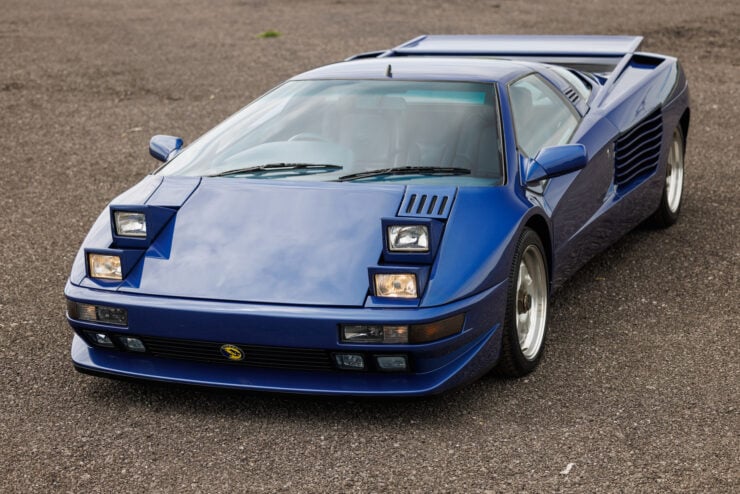

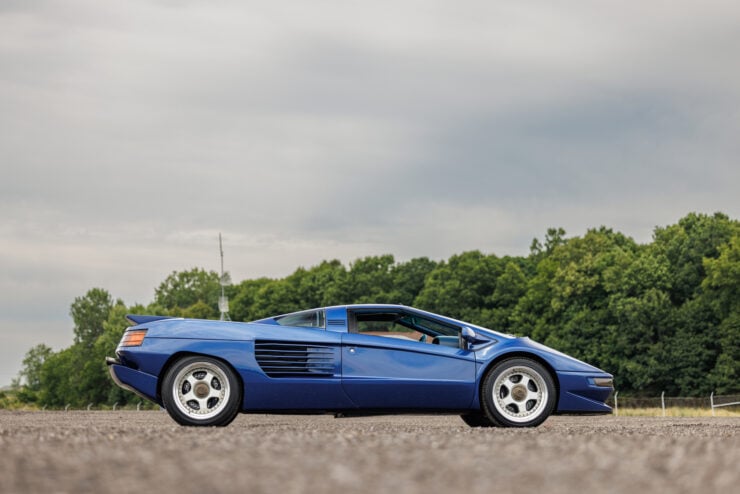
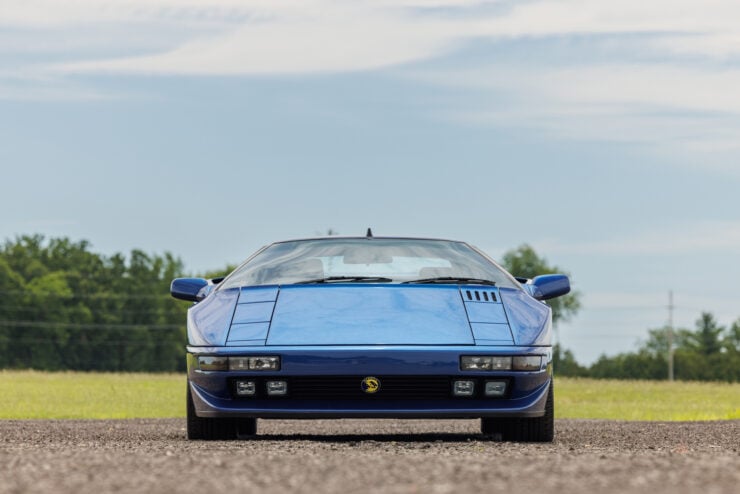
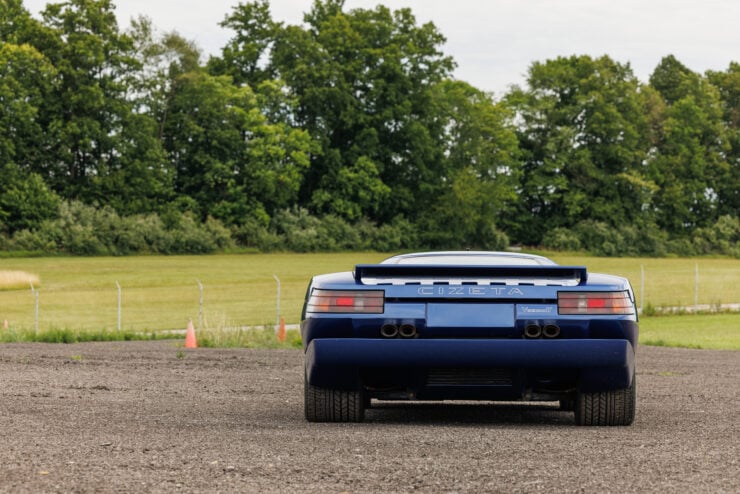
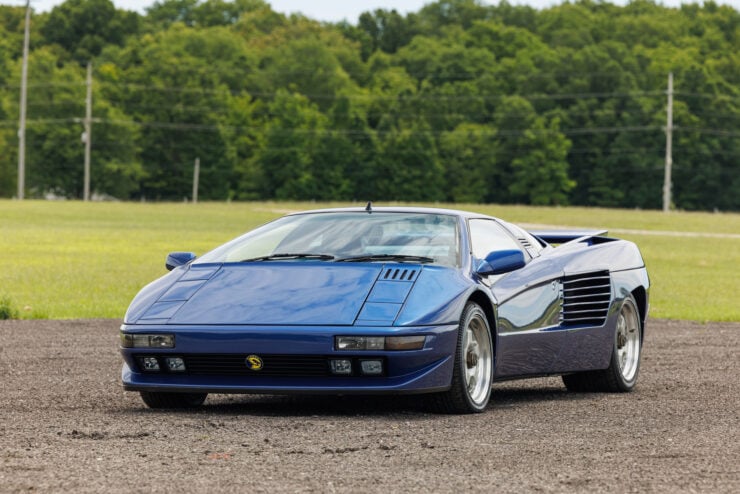
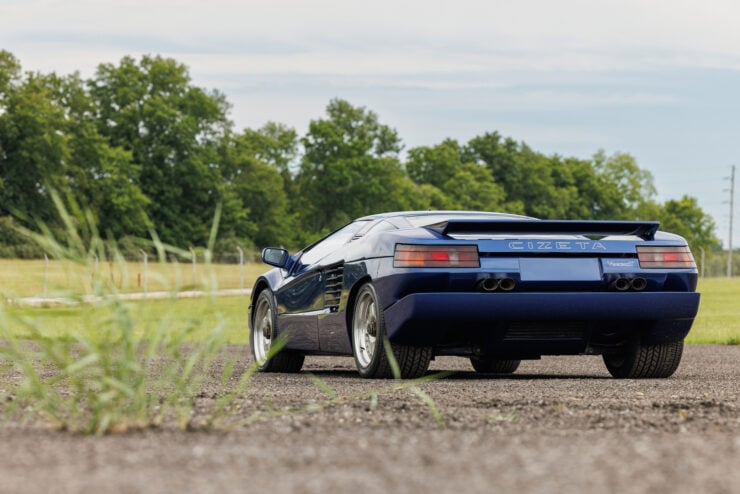
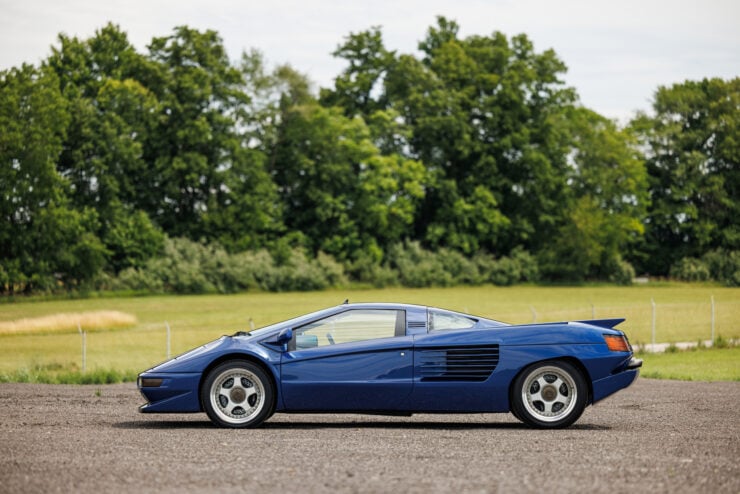

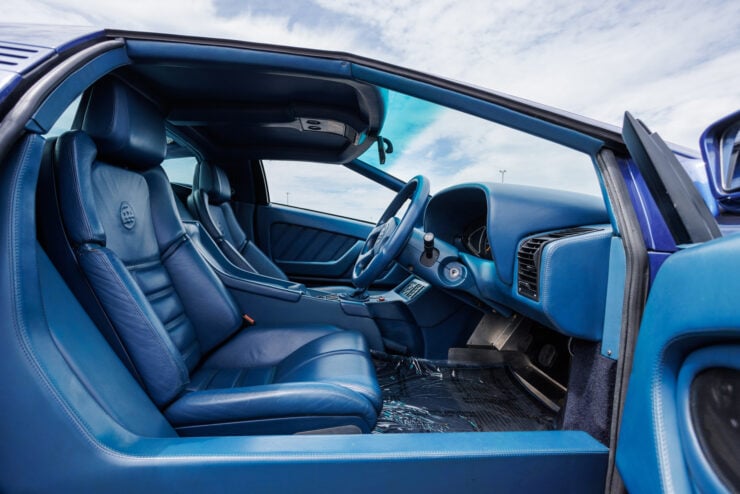
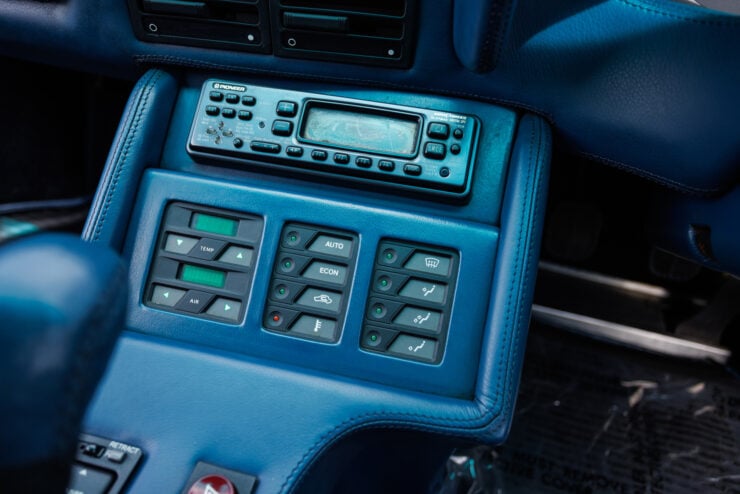
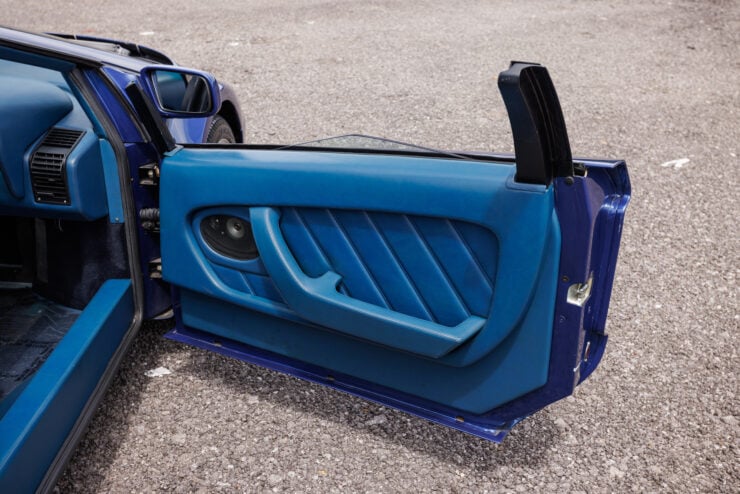
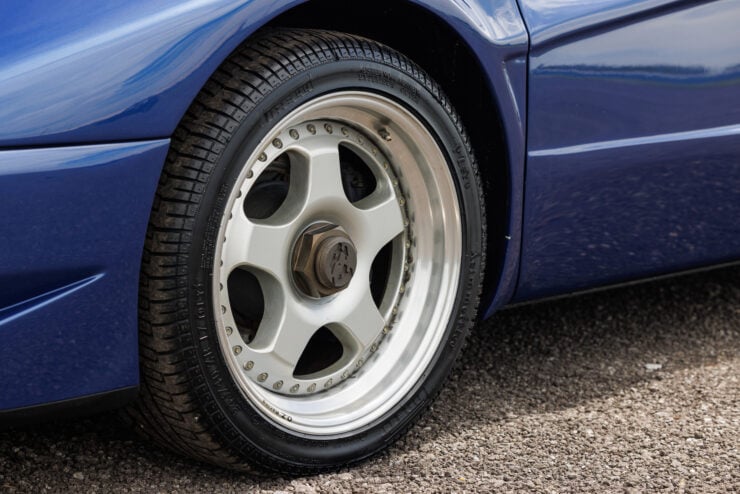
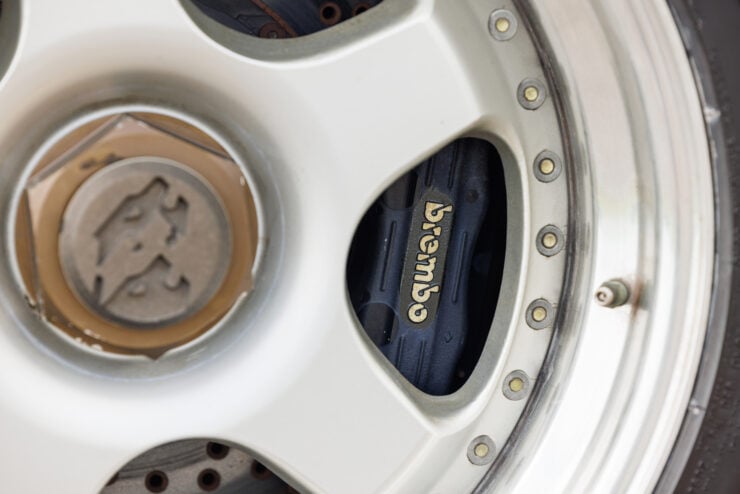
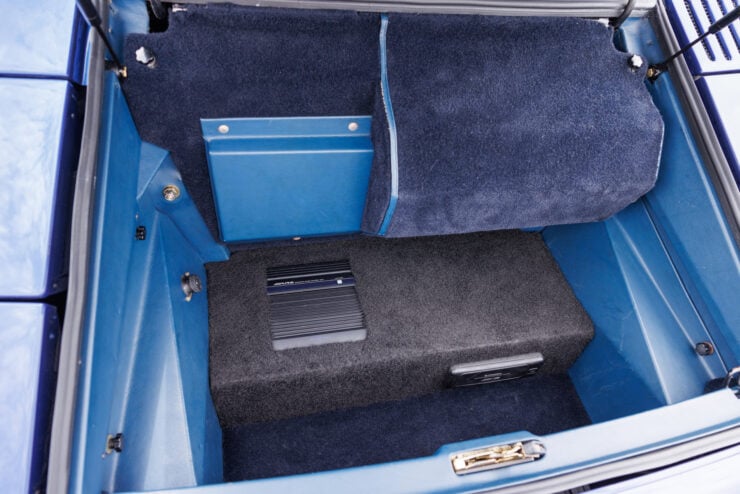
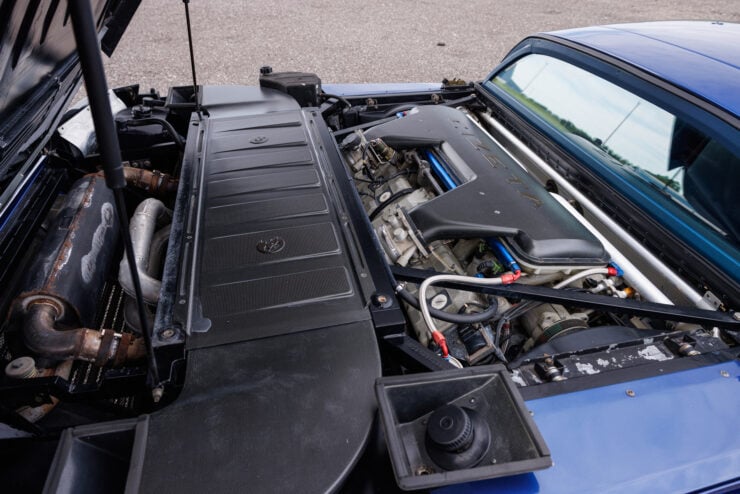

Picture Credits: All pictures David Bush ©2024 Courtesy of RM Sotheby’s.

